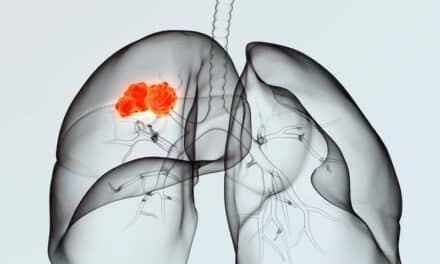Researchers at the Uniformed Services University of the Health Sciences (USU) Center for Prostate Disease Research (CPDR), in collaboration with investigators at the Armed Forces Institute of Pathology (AFIP) and Walter Reed Army Medical Center, have developed a highly specific assay for the detection of ERG, a protein associated with tumor formations which is present in more than half of all prostate cancers.
This reagent has an unprecedented specificity (99.99%) for detecting prostate tumor cells in pathologic specimens with great potential in diagnosis.
These findings are reported in the advanced online publication of Prostate Cancer and Prostatic Diseases (Nature Publishing Group, June 29), “ERG oncoprotein expression in prostate cancer: clonal progression of ERG-positive tumor cells and potential for ERG-based stratification.”
The study, co-led by Dr Shiv Srivastava, CPDR scientific director, and Dr Isabell Sesterhenn, from the Department of Genitourinary Pathology at AFIP, provides first insights into how and where ERG is present by developing a comprehensive map of ERG in whole-mount prostate sections of more than 130 patients. The team established the selective presence of ERG in malignant cells and the virtual absence of ERG in normal cells. Researchers at CPDR have been actively studying biology, biomarker and therapeutic utility of ERG alterations in prostate cancer since their original discovery of the frequent ERG overexpression in 60 to 70% of all prostate cancer patients more than five years ago. Activation of the ERG gene, by combining with other genes, is one of the key genetic defects in prostate cancer.
“We are excited about the potential of streamlining the detection of ERG oncoprotein in clinical specimens,” said Srivastava.
“This notable advance in the field has been possible only because of the amazing specificity of the ERG monoclonal antibody. Since this type of assay is routinely used in pathology settings, we anticipate that this strategy will open new opportunities in clinical evaluation of prostate cancer worldwide,” said Albert Dobi, PhD, assistant director of CPDR’s basic science research program and a co-author of the paper.
Source: Uniformed Services University of the Health Sciences (USU)



